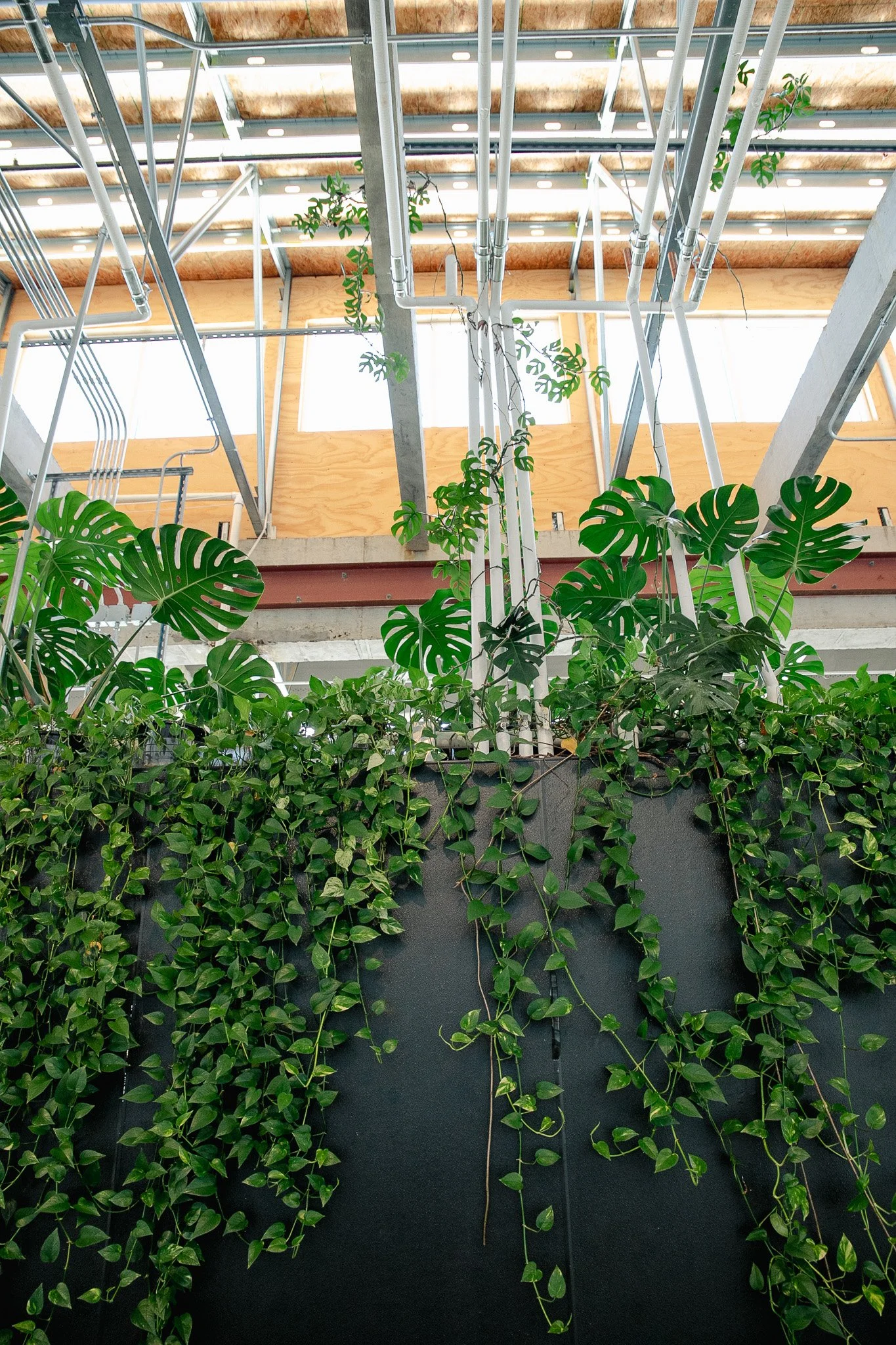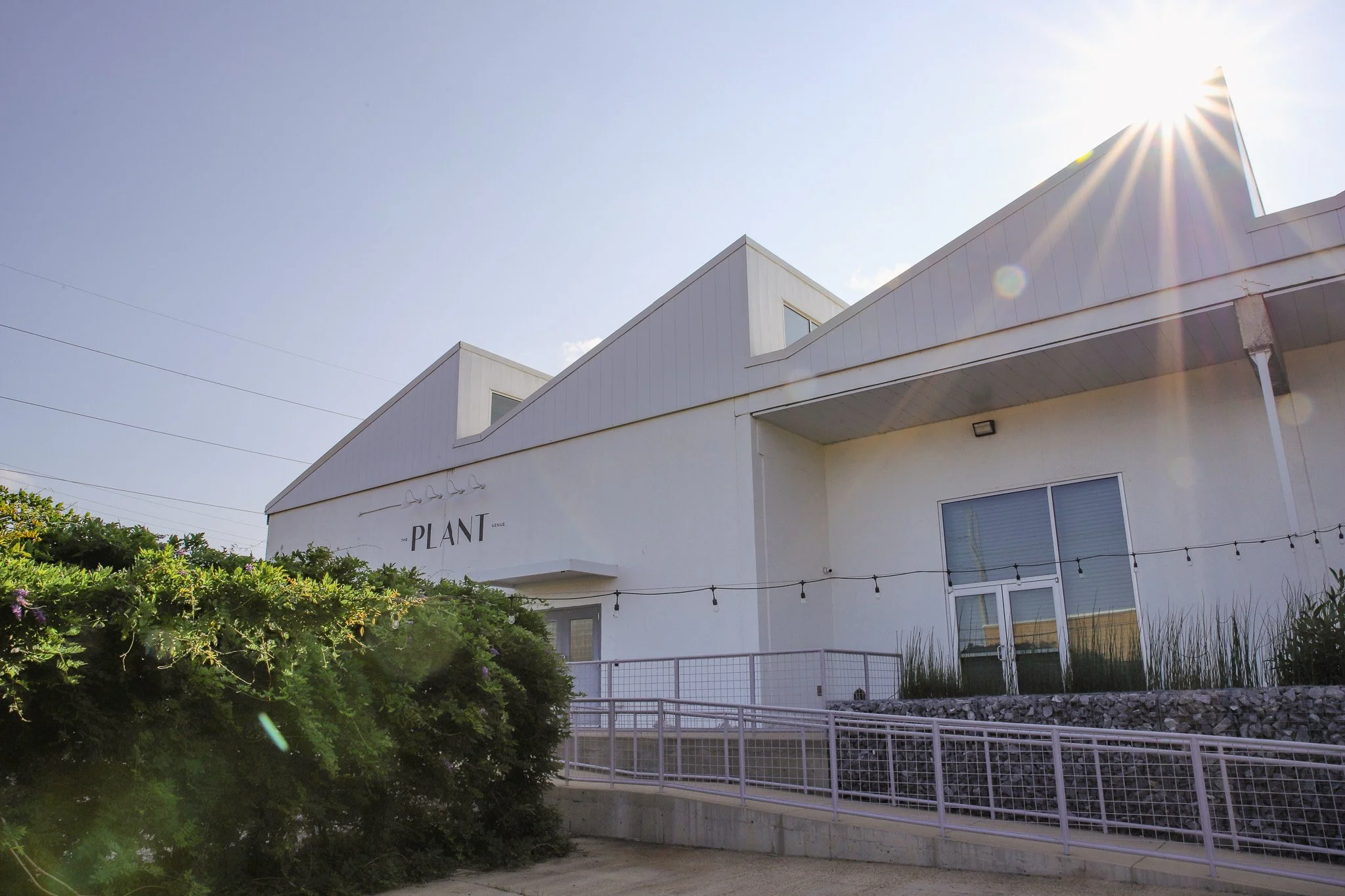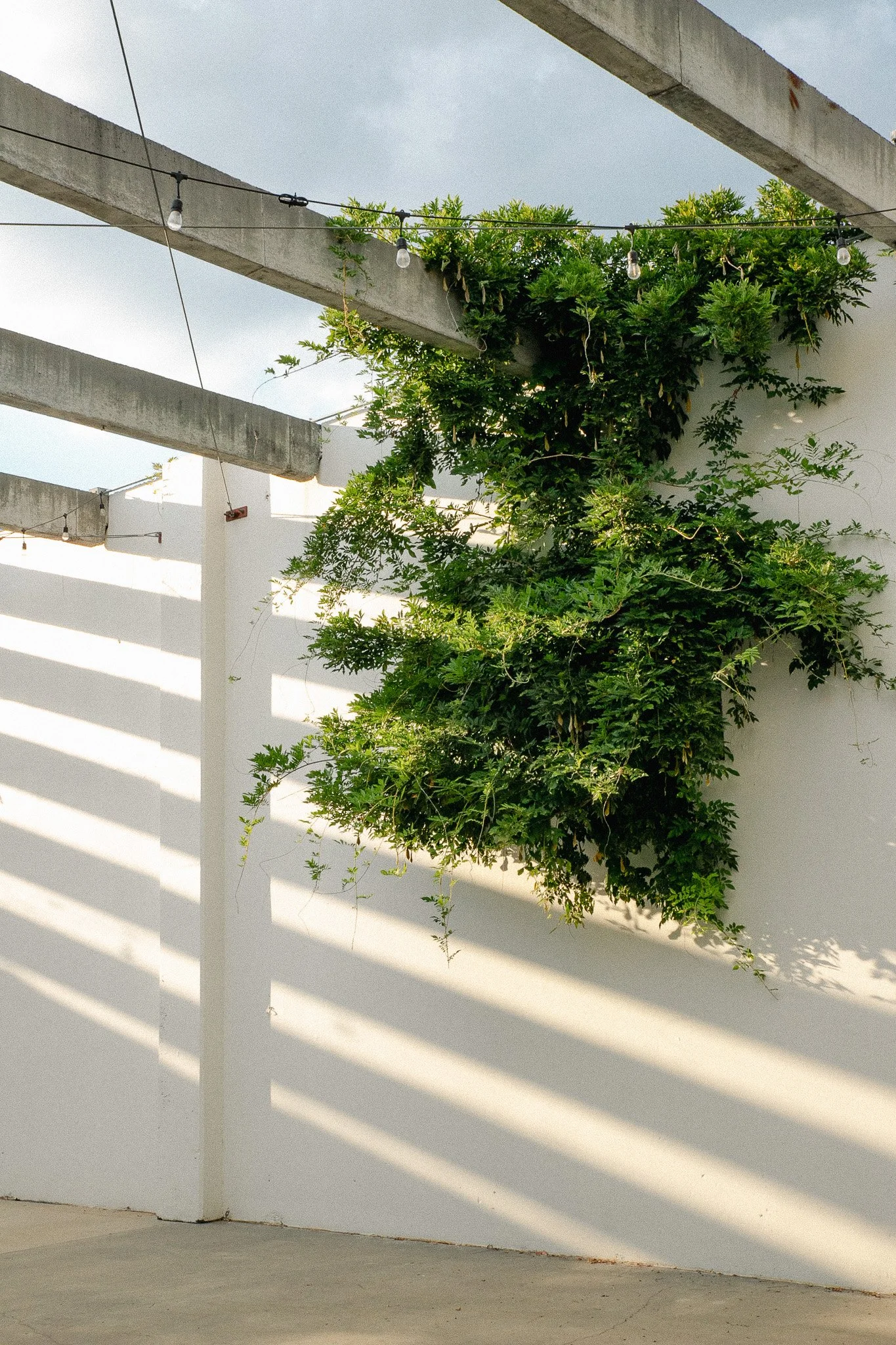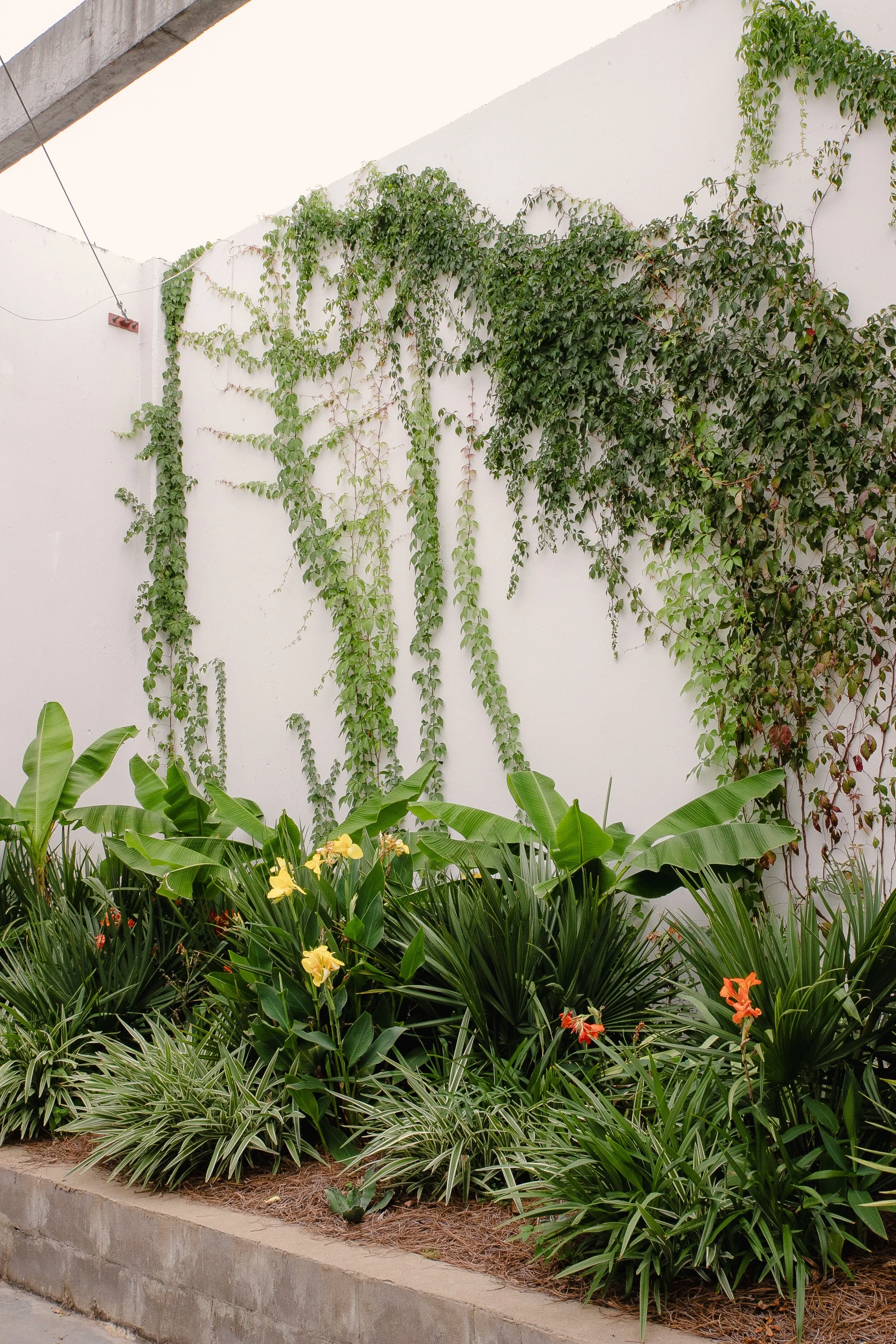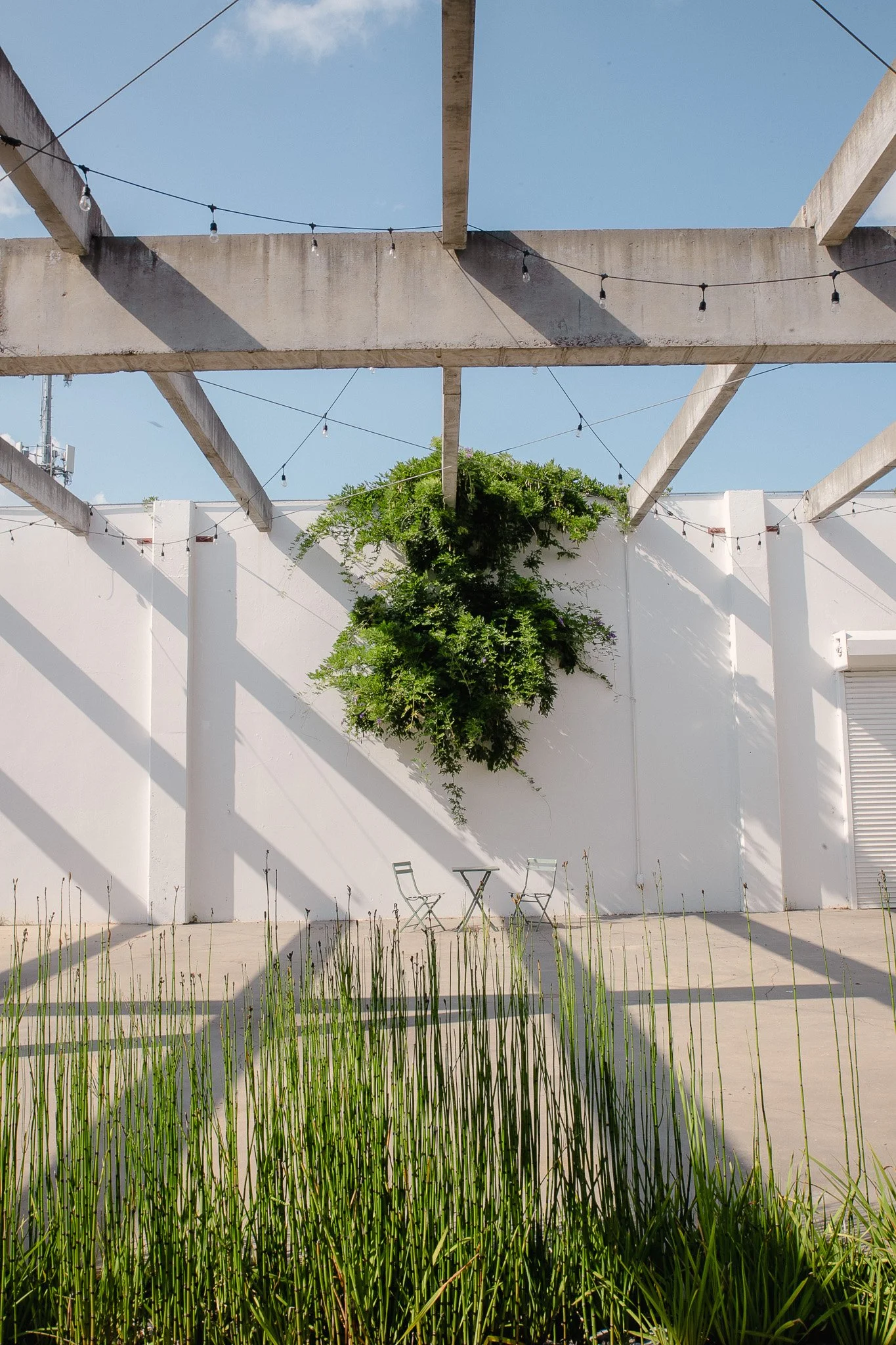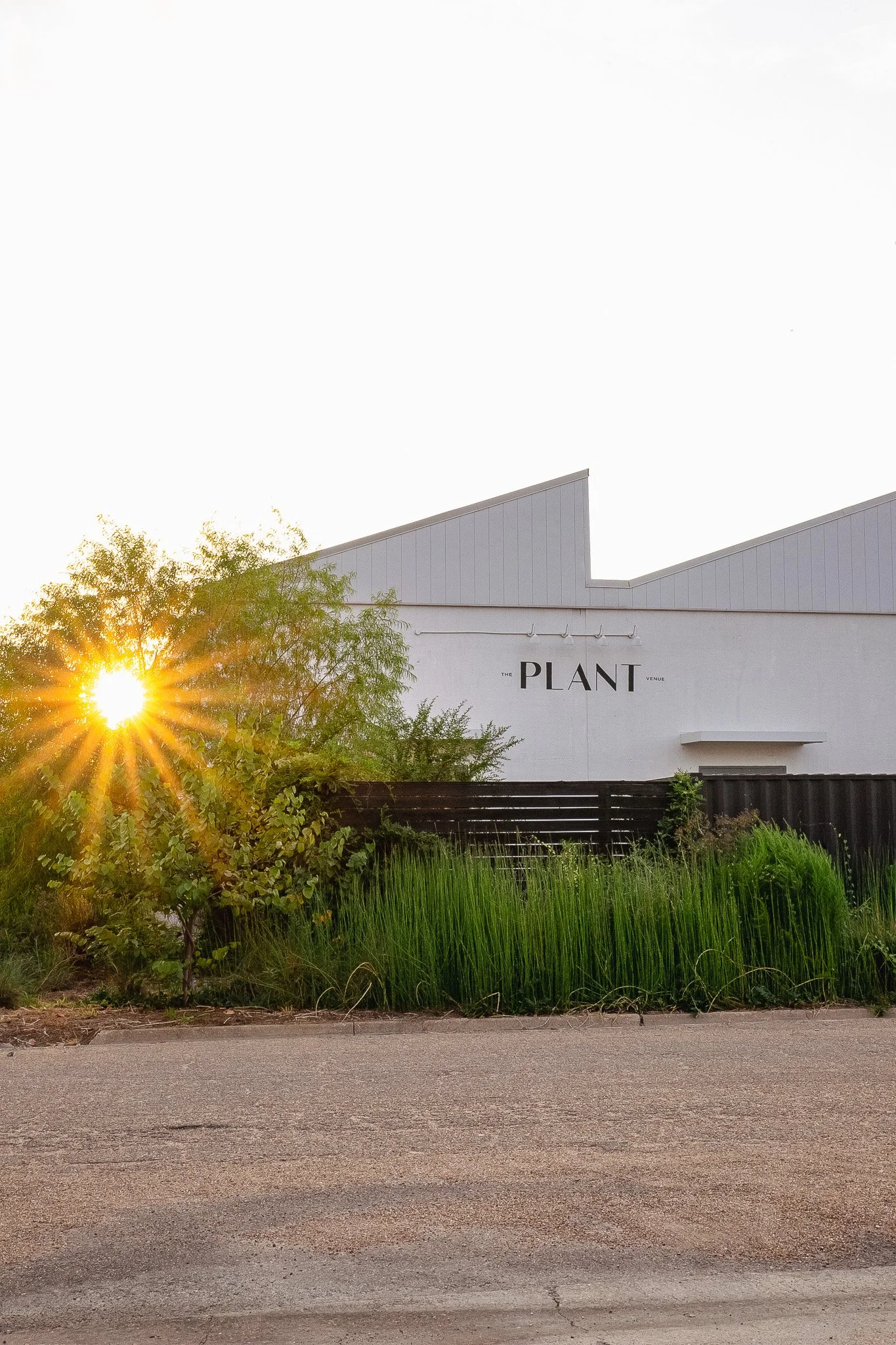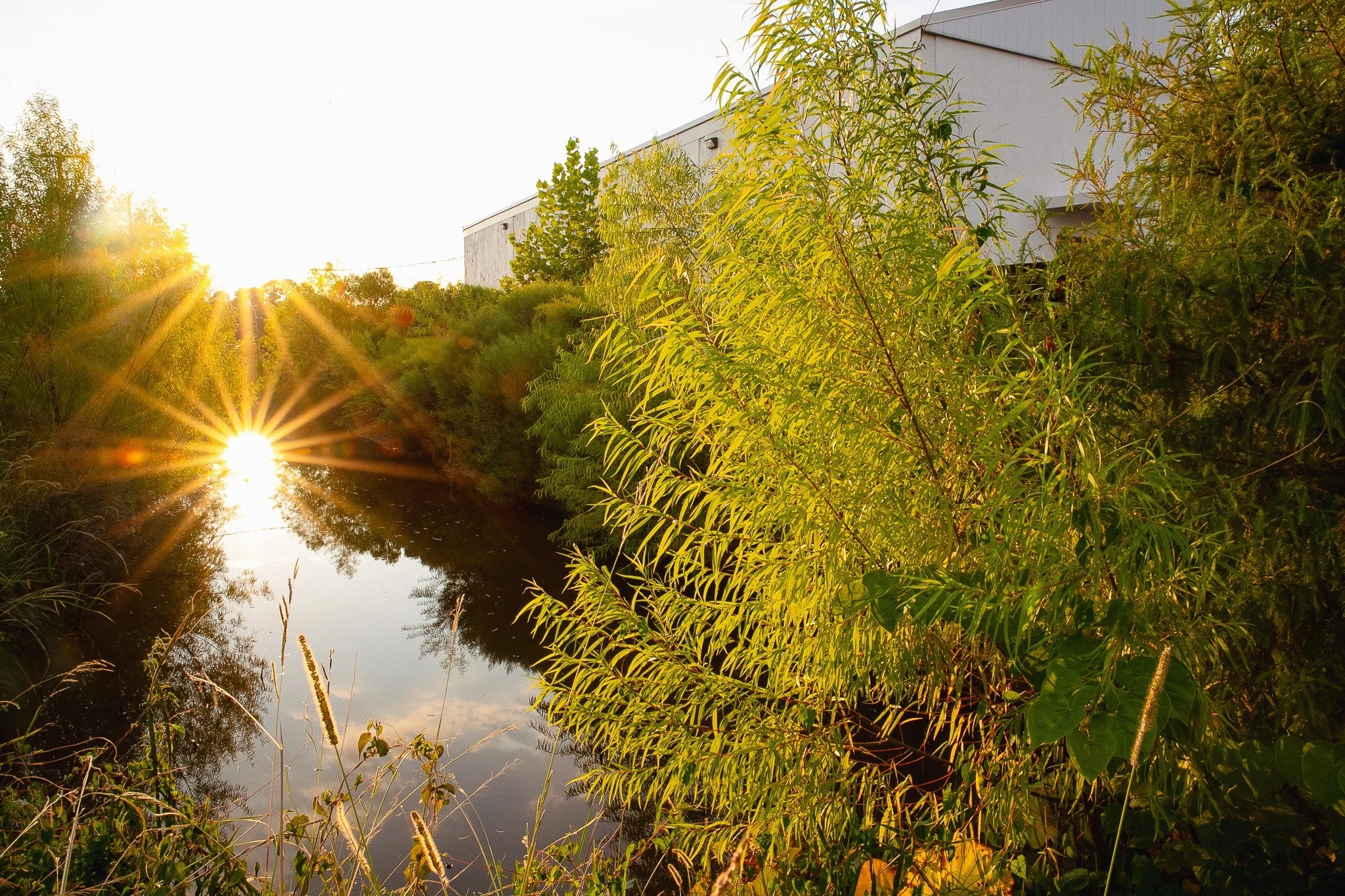The Plant
The Plant is an adaptive reuse landmark in Jackson’s Fondren Warehouse District. Once an abandoned pipe factory, it now serves as a design campus, living laboratory, and curated setting for select gatherings.
-
Originally built as a pipe distribution plant in the 1960s, The Plant has been reclaimed as an adaptive reuse landmark in Jackson’s Fondren Warehouse District. Today, it operates as a design studio, landscape architecture campus, and a living laboratory for experimenting with plants, materials, and concepts. Beyond its role as a creative campus, The Plant is a curated setting for select gatherings where design, culture, and community intersect.
TREE designed, developed, and now operates the design practice out of The Plant. The building exhibits passive building design principals such as energy conservation through its north facing sawtooth roof, white reflective albedo surfaces, the central courtyard with floor to ceiling windows to absorb indirect sunlight, and large garage door openings to allow wind flow to cool the building during spring and fall. The rainwater onsite is managed through a constructed wetland, bioswale, bioretention planters, a permeable parking lot, and a stormwater cistern. Native plants and natural materials are integrated into the building to merge the interior with the exterior landscape.
-
2020
-
2-Acre Site
15,000 SF Building
-
Jackson, Mississippi
-
Landscape Architect, Lead Project Designer & Developer, Managing Partner
Travis Crabtree
Project Partners
Ray Neilsen, Jean Adams, Mitch and Shannon Miller
Architecture
WBA Architecture - Construction Documentation
Brand & Web Design, Architecture Photography, Business Development, Venue Director
Ansley Crabtree
Contractor Partners
Brian Whitfield, Beyond Construction, Fountain Construction
Photography
Ansley Crabtree, Travis Crabtree, April Garon Photography



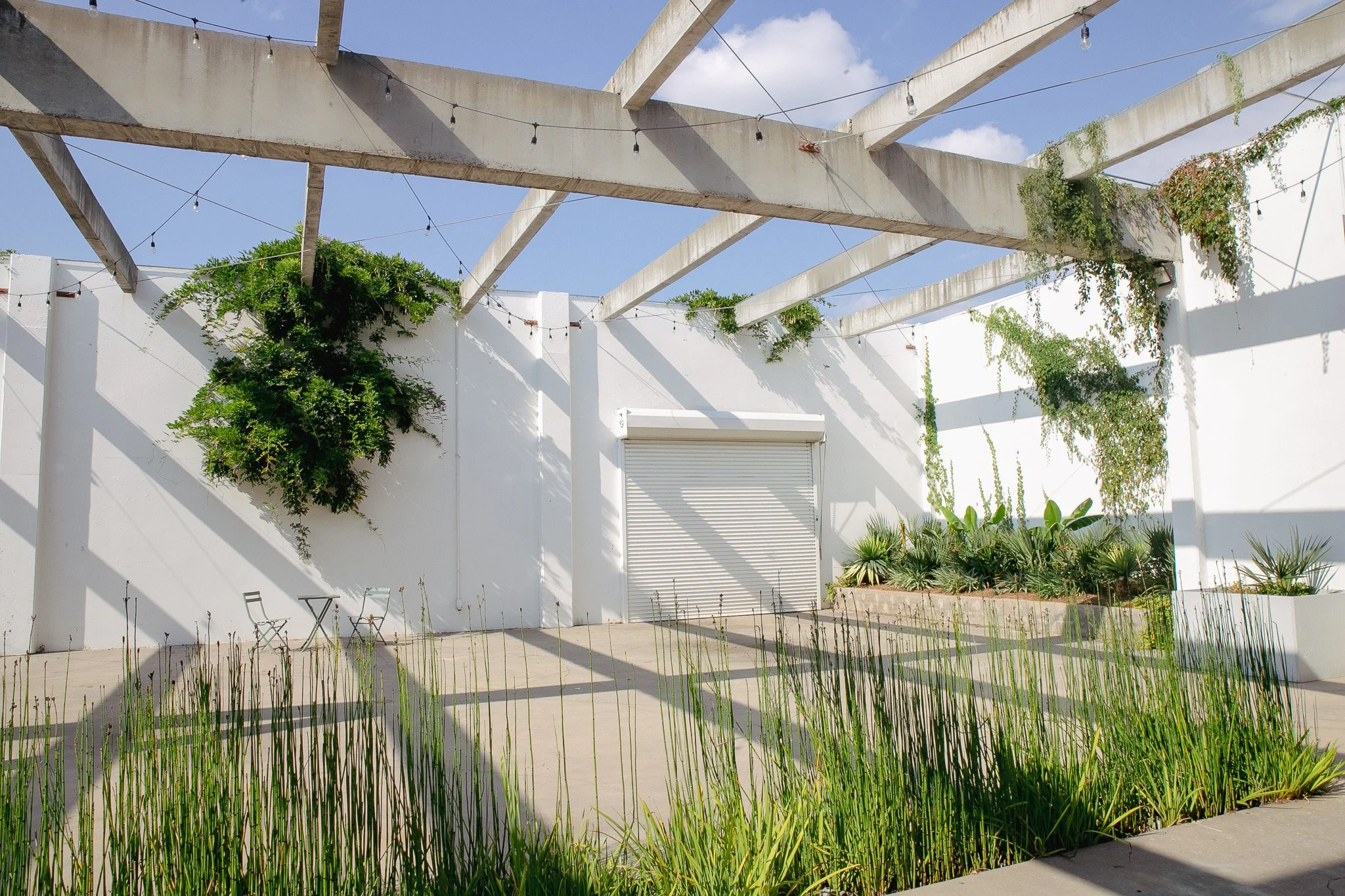



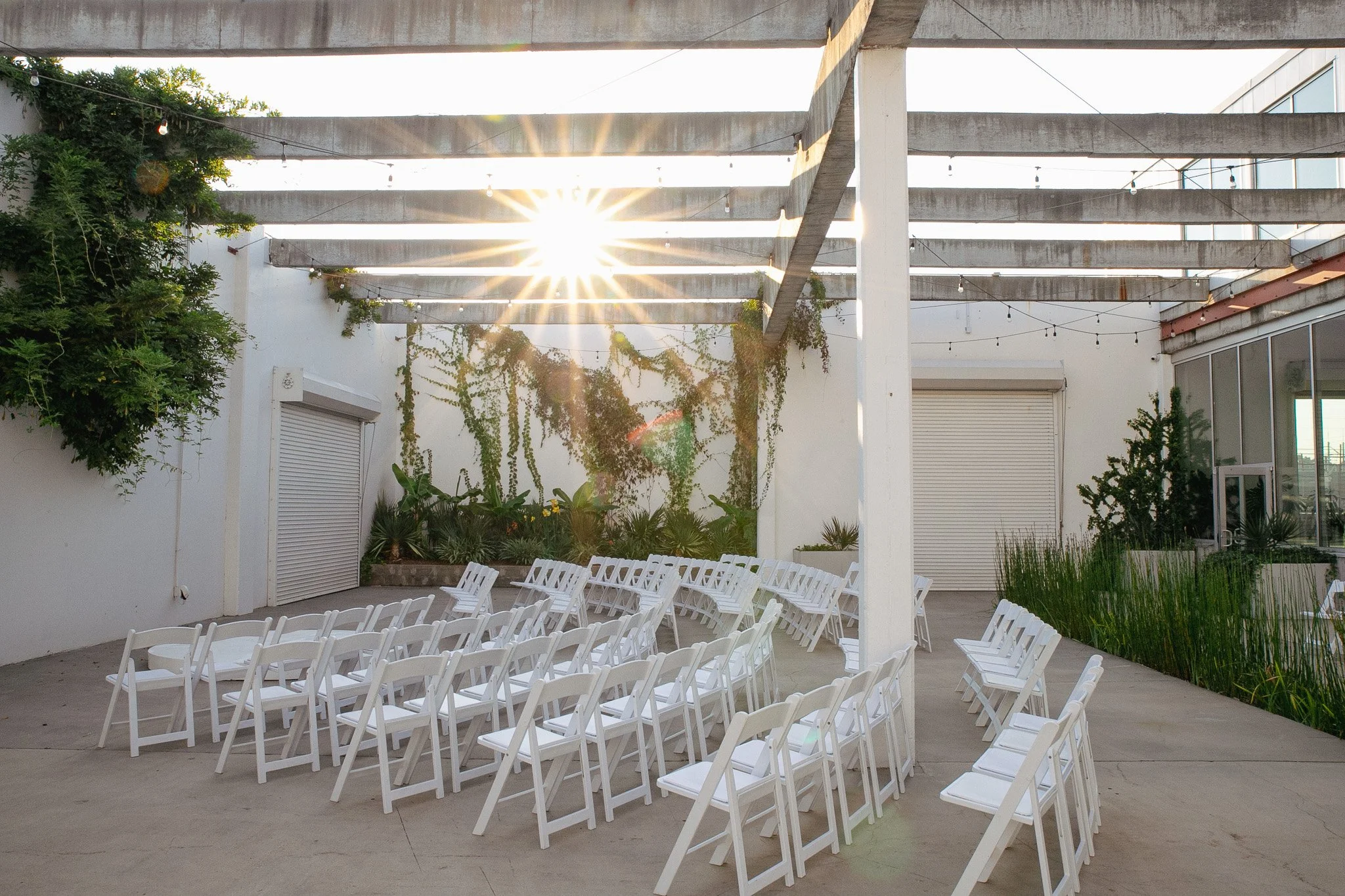
A LIVING LABORATORY
The Plant’s design blends preserved industrial architecture with a constantly evolving botanical landscape. Seasonal plantings, experimental gardens, and curated interiors create dynamic backdrops that change with time, offering a raw yet refined setting for creation, reflection, and gathering.
